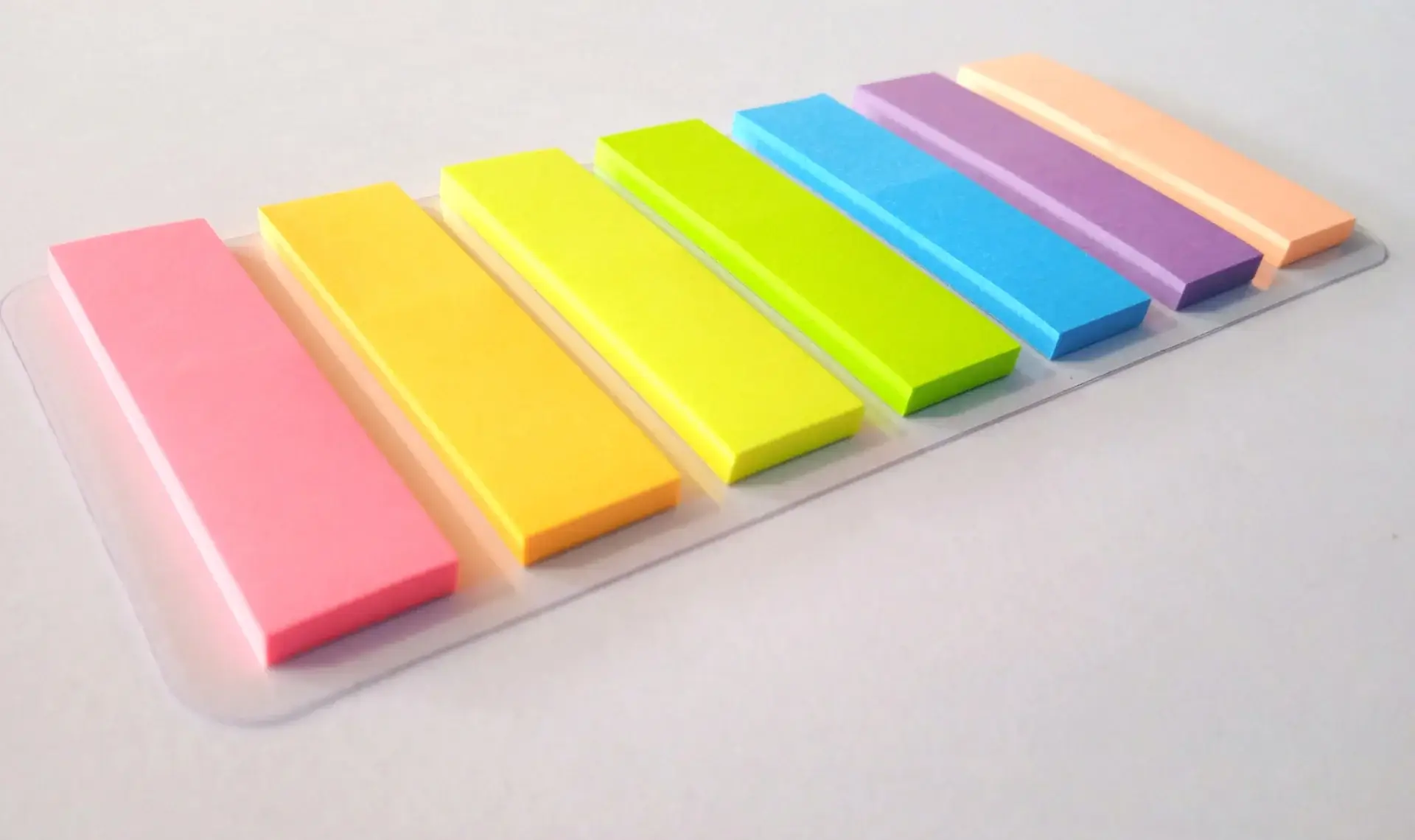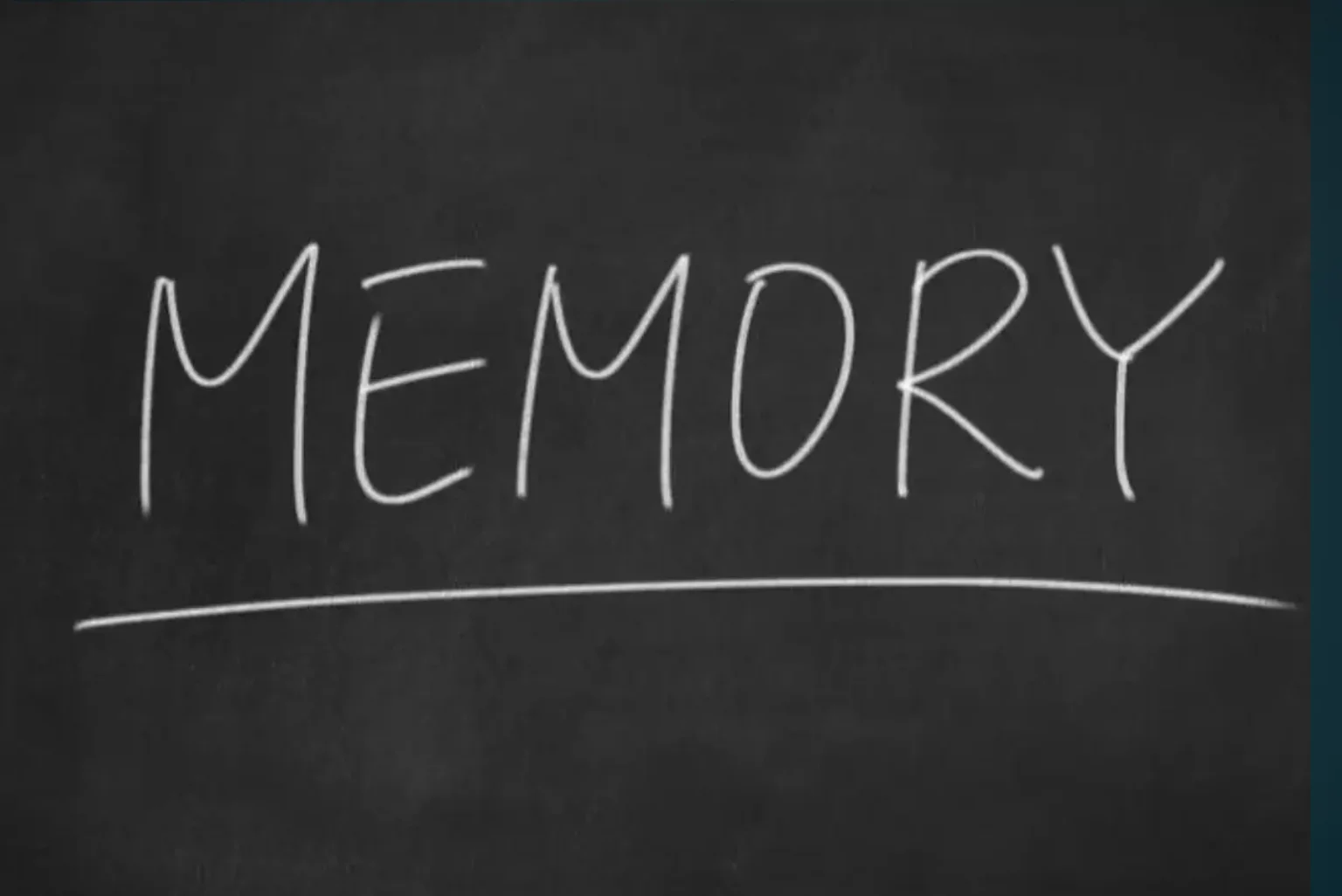Last Updated on January 2, 2026
A superior memory will undoubtedly take you very far both in your career and academic studies. And the reality is, you do not need an exceptional memory to master the art of memorization. These proven strategies have been developed and refined based on scientific research and extensive practical experience. Learn them, and you can overcome the limitations of a seemingly forgetful mind and start a journey on becoming a memory expert.
The Pliability of Memory
Memory is a remarkable cognitive function that is not fixed or rigid. It possesses an inherent flexibility, allowing it to be molded and modified. This pliability means that you have the power to improve your memory, irrespective of your current abilities. These techniques are applicable to a wide range of subjects, including facts, dates, languages, and various other types of knowledge.
Ever since we were kids, our parents have drilled into our heads the importance of remembering things. “Pay attention in class,” they would say. “It’s your future that counts.” The truth is, one does not need a special talent or brain to be good at memorization. Follow the tips outlined below to memorize what you’d like to keep within you, and never forget them. It could be important facts, dates, or even languages. These tips will assist you in becoming a memory master.
The techniques that we cover may be something new for you, so it’ll take time for you to get used to. Once you master these techniques, you will have a better memory than more than 80% of people.
Unlike a static storage system, your memory is dynamic and can be shaped and influenced by various factors. It is not solely dependent on innate talent or intelligence. Rather, memory is a malleable faculty that can be honed through deliberate practice and the application of effective mnemonic techniques.
The Power of Association for Memory Enhancement
The key to a good memory is to associate something—a picture, another word, or even a situation—to a word or idea that you’re trying to memorize. Say, for instance, that you would like to memorize the word for car in French. The French word is voiture. In this case, it is important for you to think of a word that will remind you of the French equivalent. You can, for instance, think of you asking the question watch whenever a car appears in front of you. That should be enough for you to remember this word.
Now how do you memorize a list of objects? The concept is the same, though some adjustment here is necessary. In this instance, you will apply what is known in memorization jargon as association. What is association? This is when you have two or more words and you combine them so that each word has a physical relation to the other. For example, say you would like to memorize pen, box, and television. You might picture a pen. Then you might imagine it moving on top of the box, and the box has a hole, the hole being in its place a screen. To make the association even more memorable, it’s helpful if you add movement. That is why the pencil is moving. You may have the box shake. Whatever association you create is the association that will help you remember the objects.
Method of Loci

This method is referred to as the method of loci. It is when you use a location and place information in that location to be later recalled.
Another memorization technique involves the use of acronyms. An acronym is a mnemonic device that uses the initial letters of words, phrases, or sentences to represent the items you wish to memorize. This can help you recall words in a particular sequence. For instance:
1. In the musical world, Every Good Boy Does Fine stands for the notes in the treble staff: EGBDF
2. ROY G BIV can help you recall the colors in the rainbow: Red, Orange, Yellow, Green, Blue, Indigo, and Violet.
3. The acronym PEMDAS is used for remembering orders of operations
4. In the English language, FANBOY can help you remember the conjunctions.
How can you memorize even more easily? One of the best tips is to make the picture as bizarre as possible. The mind has a fascinating way of remembering things that are bizarre. You would do the same thing for the next three items on the list. You may have, for instance, a mountain, a lake, and a horse. You may picture a mountain over a lake, and a horse drinking the lake, which is disappearing quickly. That’s a strange image that is much easier to remember.
As outlined above, you do not need to be born with any special skills or intellectual powers. This is a technique that has been tested time and again and one that will help you in life and in your academic studies.
The Role of Emotions in Memory
Emotions play a significant role in shaping our memories. It is often observed that events or experiences associated with strong emotions tend to leave a lasting imprint in our memory. Whether it’s a joyful moment, a traumatic event, or a deeply moving experience, emotions can enhance the encoding and retrieval of information in our brain. Understanding this connection between emotions and memory can help us harness its power to improve our memory retention.
Whenever we experience an emotionally charged event, the brain releases hormones and neurotransmitters that influence the formation of memories. The amygdala, a key brain structure involved in processing emotions, interacts with the hippocampus, responsible for memory consolidation. This interaction strengthens the encoding and storage of emotional memories, making them more vivid and enduring.
To leverage the connection between emotions and memory for better memory retention, consider the following tips:
Engage with the material emotionally
Try to evoke emotions related to the content you’re learning or want to remember. Connect the material to personal experiences, anecdotes, or stories that evoke emotions. When you make the information personally meaningful, you create a stronger emotional connection, leading to better memory retention.
Create associations with emotions
Associate the information you want to remember with specific emotions or emotional cues. For example, if you’re learning a foreign language vocabulary, try attaching emotions or emotional stories to each word. This emotional association will help you retrieve the words more easily when needed.
Use mnemonic devices
Mnemonic devices are memory techniques that leverage vivid imagery and emotional associations to enhance memory retention. Create mental images that evoke strong emotions and connect them to the information you want to remember. The more outrageous or bizarre the images, the more memorable they tend to be.
Relate to personal experiences

Relating new information to your own experiences and emotions can greatly improve memory retention. Whenever studying, try to connect the material with events from your own life, creating a personal context that triggers emotions and strengthens memory formation.
Utilize storytelling techniques
Storytelling is a powerful tool for memory retention. Transform the information you want to remember into a narrative or story. Emphasize the emotional aspects of the story, creating a connection between the plot and the content you’re trying to remember. This technique helps engage your emotions and facilitates memory consolidation.
Practice retrieval with emotional recall
Whenever reviewing information, deliberately recall the emotional context in which you initially learned it. Remembering the emotions associated with the material helps reactivate the neural pathways and reinforce memory retrieval.
The emotional aspects of your learning journey are important; you’ll find that memories infused with emotions become more vivid and enduring, leading to a superior memory.
Boosting Memory with Healthy Habits
What you eat and how much you rest can have a big impact on your memory. It’s important to choose foods that are good for your brain and provide lots of nutrients. Make sure to get enough sleep too, as it helps your brain work its best.
Exercise is also really important for your memory, especially aerobic exercises like running or swimming. Whenever you exercise, it helps your memory by making your body use sugar better and reducing swelling. It also releases special chemicals in your brain that keep your brain cells and blood vessels healthy.
Memorization Through Associative Techniques
To remember names, you can apply the same concept mentioned earlier. Instead of simply trying to remember a name, you can use associative techniques to make it easier. This involves linking the person’s name with a word or image that helps you make a strong connection. For example, let’s say you meet someone named John. You can associate the word “joy” with John and create a mental image of him smiling as you shake his hand. The next time you see him, the word “joy” will immediately come to mind, along with the image of his smiling face. This makes it much easier for you to remember his name effectively.
Could you imagine the authentic happiness on someone’s face, be it a person you encounter months or even years later, when you can recall their name? This ability is a rarity, possessed by only a few. By remembering the names of others, you’re on a remarkable path to leaving a lasting impression on those you meet.
This effective memorization technique is likewise used in memorizing decks of cards. Each card represents a person or object, and as you try to memorize each and every card, you’ll create associations that will help you zero in on the cards. With this method, you’ll be able to even remember the positions of the cards. This technique is known as the memory palace. You associate each and every card with a person, place, or action, and then combine the three cards. Once this is done, you place the groups of cards within a specific area in a room that you know well, and when it comes time to recall, you’ll be able to zero in on the cards.
Conclusion
Achieving mastery at memorization takes practice. The good news is that it is never too late to start. With exercise, good diet, and ample sleep, you can be well on your way to possessing a superior memory. Constant practice of the above-mentioned techniques, as well as sustained effort, will also help you develop an outstanding memory.
If you’re interested in practical tips to sharpen your mind, check out 18 Simple Ways to Boost Your Intelligence for easy strategies you can start using today.

I’m an entrepreneur and digital marketing enthusiast who loves helping people grow—not just in affiliate marketing, but in all areas of online business. I enjoy showing others how to build a strong brand, create meaningful content, and use tools that make work easier. Over the years, I’ve learned what truly works in digital marketing, from creating websites that convert to building an engaged audience through email and social media. After more than ten years in the field, I’ve gathered plenty of lessons I enjoy sharing through my writing and talks. I use my own experiences to help others reach their goals and build something lasting. Besides running my business, I’m a fiction writer in the speculative genre, with dozens of short stories published in various magazines and anthologies. For eighteen years, I was a Top 10% Reviewer at Zoetrope, an online venue for creatives, where I helped members strengthen their writing. When I’m not working as a writer or marketer, you’ll probably find me cooking, reading, or watching a good baseball game. I live in New York City, where I was born and raised.
